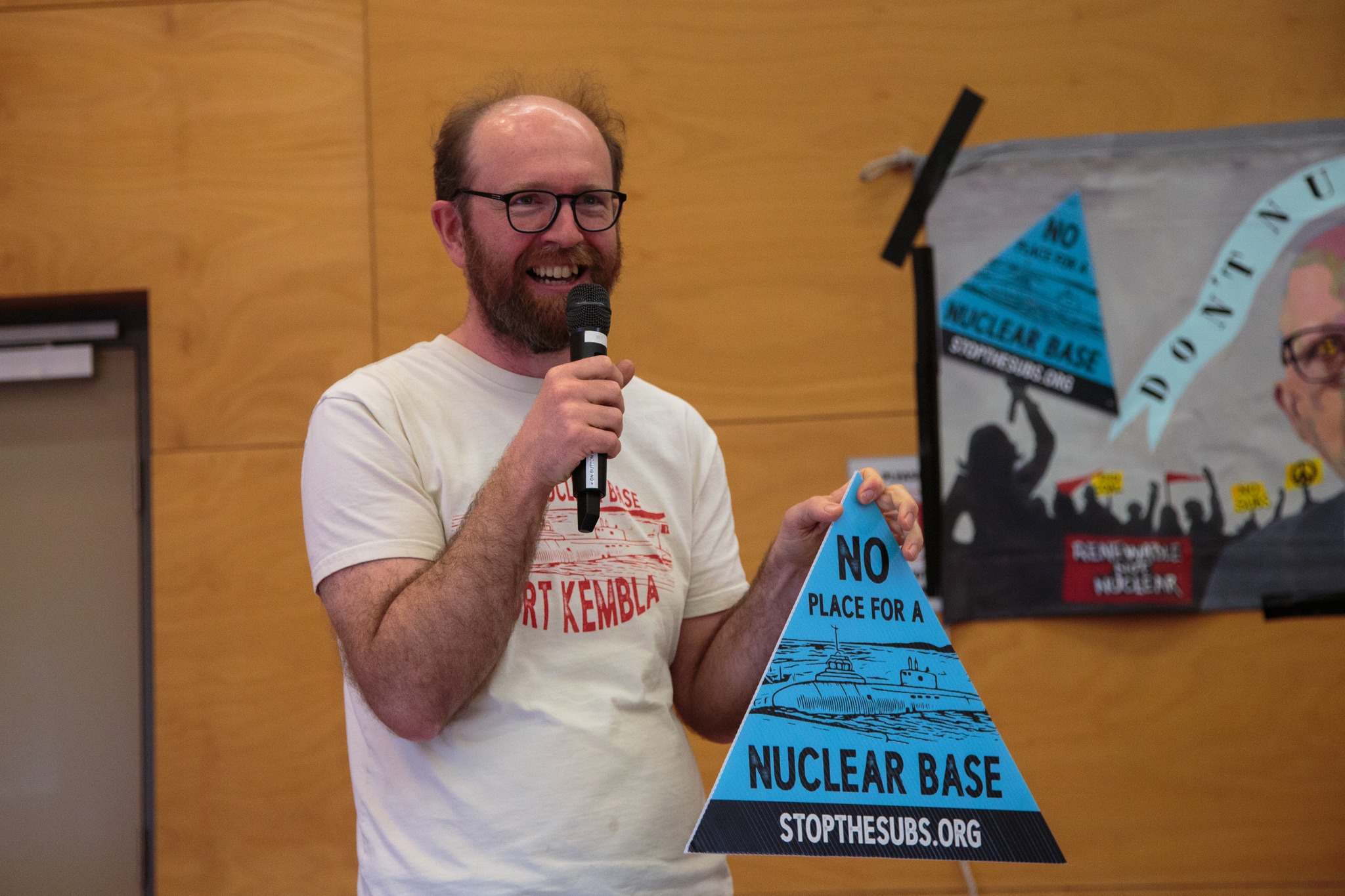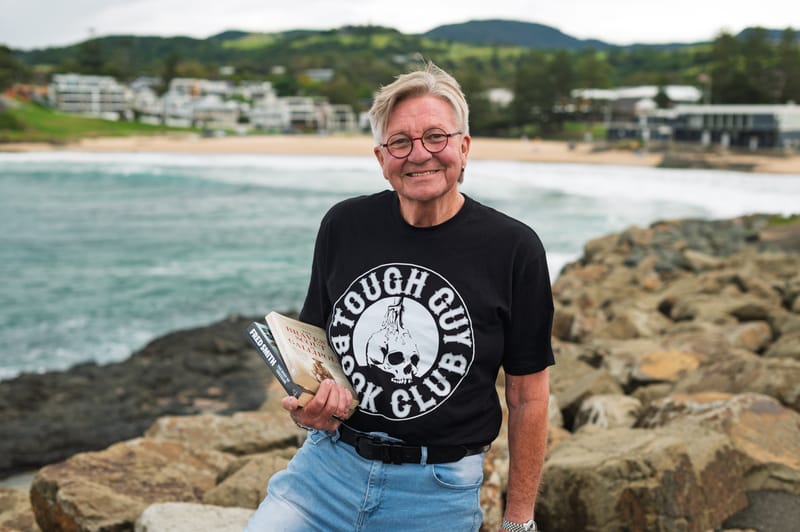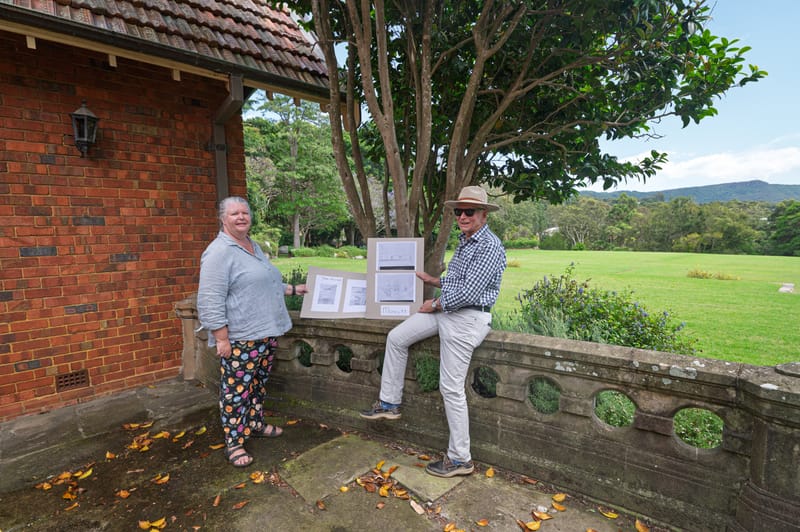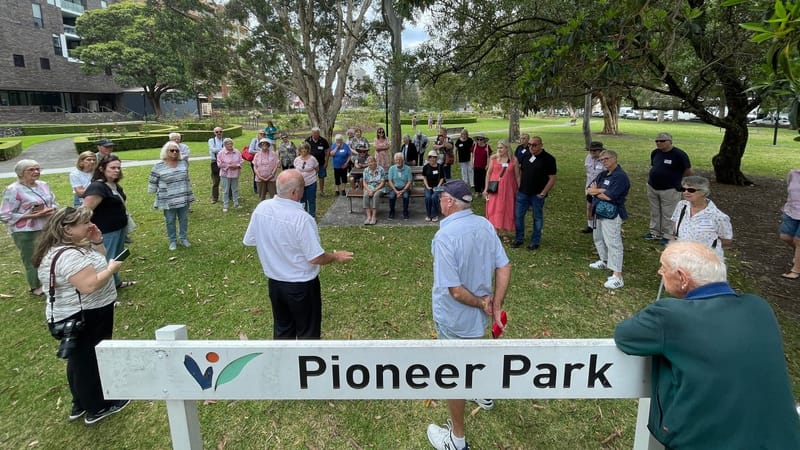Alliance for Healthy Cities meets in Wollongong
By Alexander Brown, Healthy Cities Australia Local government officials, healthcare workers and academics from across the Asia-Pacific gathered at the Novotel in Wollongong last week for the Alliance for Healthy Cities (AFHC) meeting hosted by local...
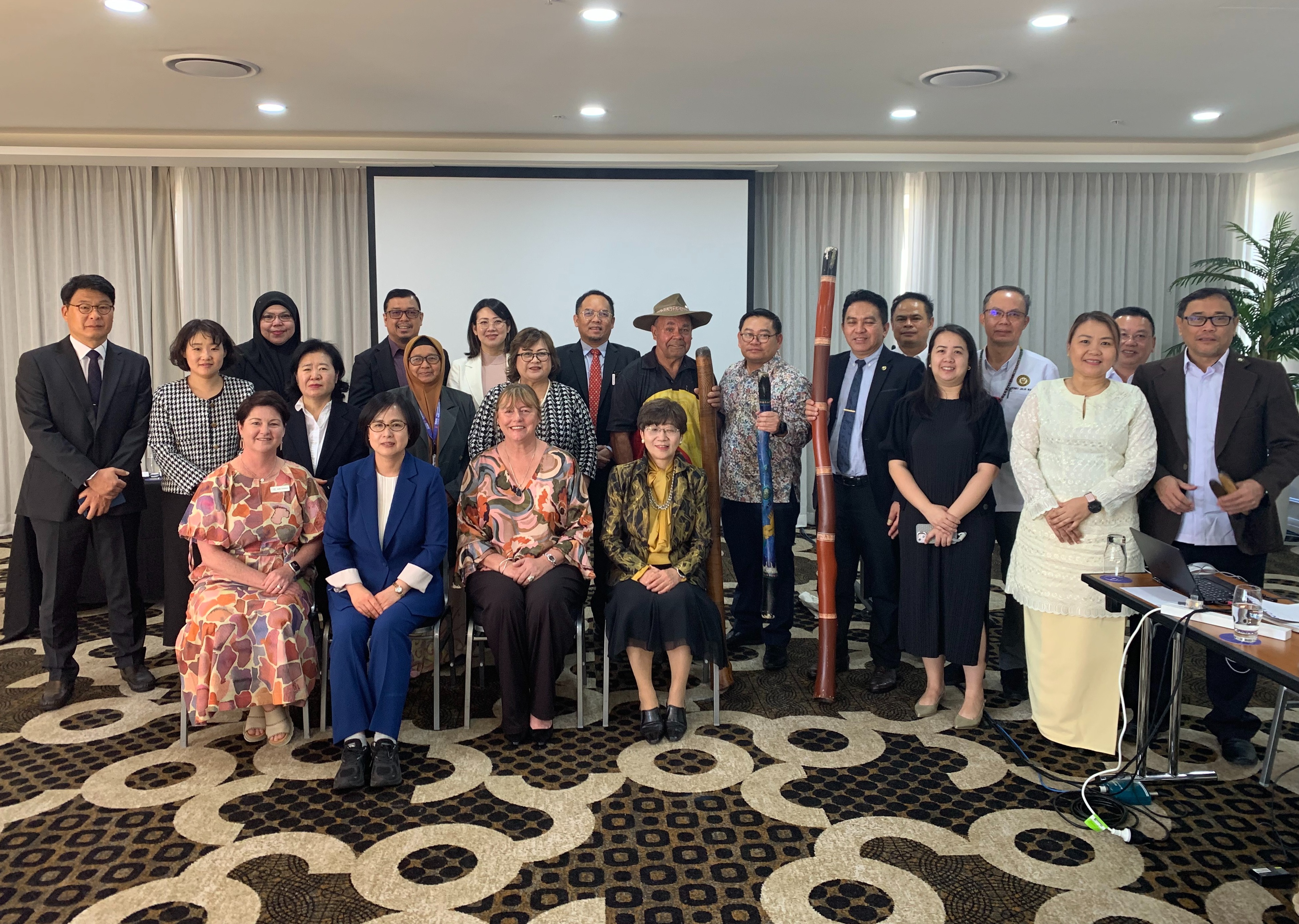
By Alexander Brown, Healthy Cities Australia
Local government officials, healthcare workers and academics from across the Asia-Pacific gathered at the Novotel in Wollongong last week for the Alliance for Healthy Cities (AFHC) meeting hosted by local charity Healthy Cities Australia (HCA). The meeting was timed to coincide with the Australian Public Health Conference, also held in Wollongong.
Healthy Cities is a global movement supported by the World Health Organisation (WHO) that seeks to make our urban environments safe, healthy, and sustainable places. The Alliance for Healthy Cities brings together Healthy Cities members from Australia, Cambodia, China, Japan, Republic of Korea, Malaysia, Mongolia, Philippines and Vietnam.
Delegates to the meeting enjoyed seeing the sights, visiting the iconic Blue Mile, and learning about progress on renewable energy at the Inside Industry Clean Energy Tour. On Sunday, September 14, Kiama hosted delegates, who met former Kiama Mayor Sandra McCarthy at the Healthy Cities tree that was planted to commemorate Kiama’s historic role in the Healthy Cities movement.
The delegates met formally on Monday, 15 September at the Novotel, where Illawarra Aboriginal Corporation Chair Uncle Richard Davis, Wollongong Lord Mayor Tania Brown, and Yuin Elder Uncle Peter Button welcomed the visitors to Dharawal Country. Uncle Peter demonstrated the traditional Aboriginal instrument, the Yidaki (Didgeridoo), inviting the international guests to join in with clapping sticks.
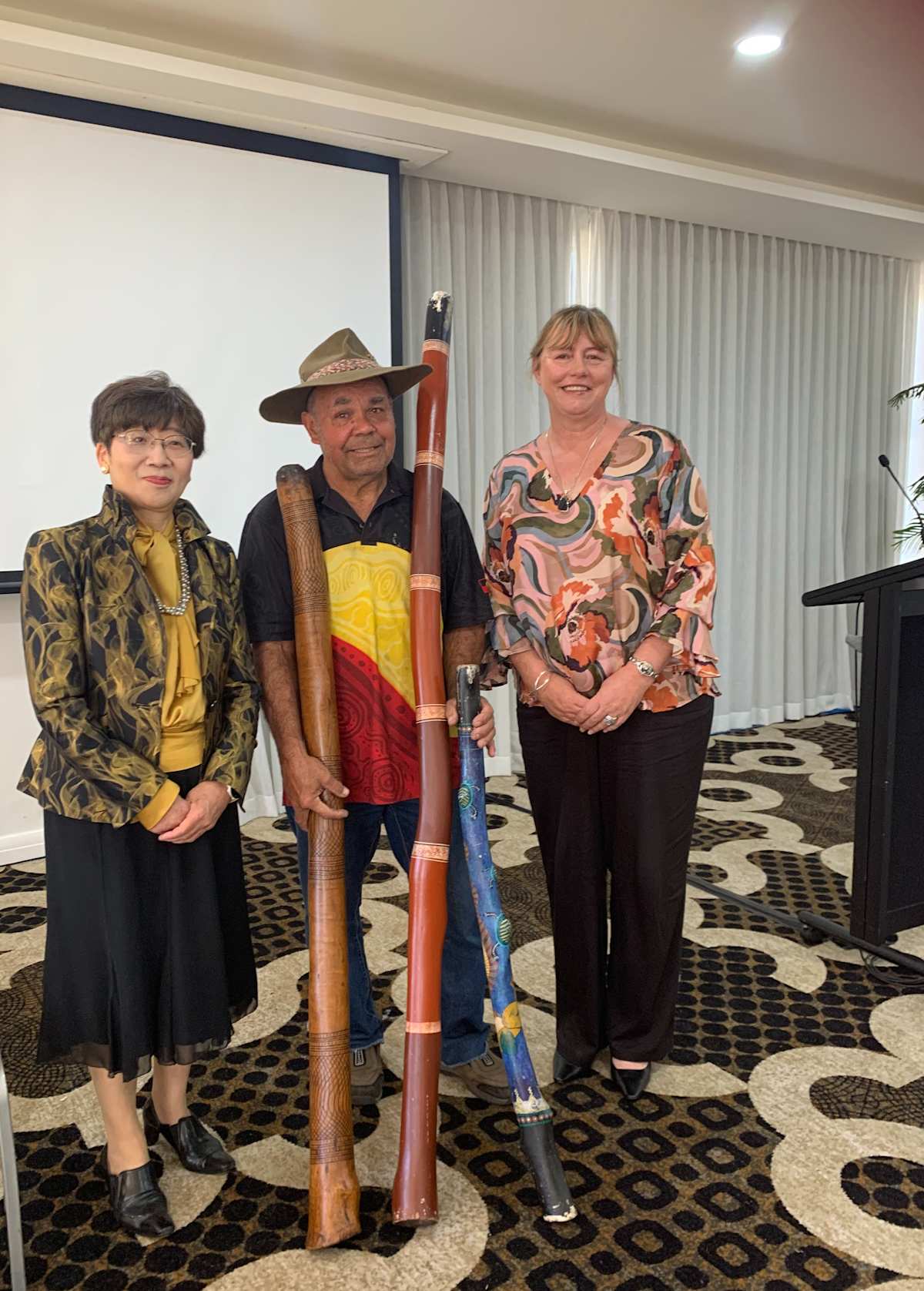
As Dr Razitasham Safii of the University of Malaysia told the meeting, Healthy Cities is a process, not an end goal. The meeting was an opportunity for participating cities to share where they are in that process and to gain insight and inspiration from one another.
Speakers discussed the progress they are making in implementing Healthy Cities policies across the region. Lee Soo-hee, Mayor of Gangdong-gu in Seoul, discussed their Healthy Cities approach, involving creating pedestrian-friendly roads, investing in children’s centres, and suicide prevention and dementia support initiatives.
Energy conservation and climate mitigation are also a major focus for the city, which has won eight WHO Healthy Cities Awards.
Mayor Lee explained how the city was tackling childhood obesity through customised programs that include physical activity promotion, health education and individual coaching. The city also provides funding for after-school sports and parent education under this initiative, which has led to a reduction in obesity rates among elementary school children.
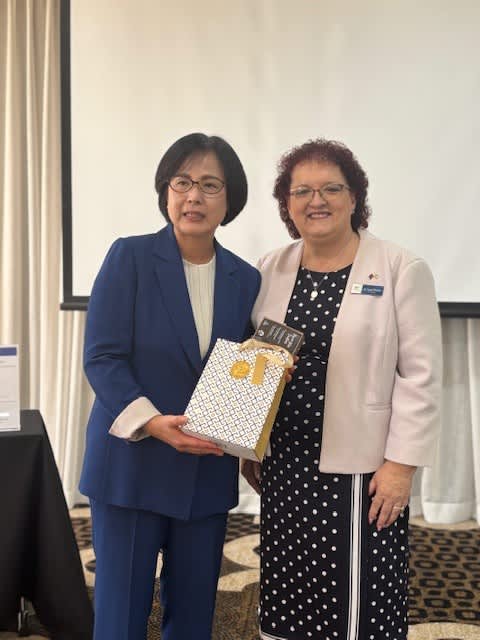
Delegates from Healthy Cities Kuching in Malaysia explained how they brought together health and local government officials as well as university students in the Healthy Cities Lab 1.0. The initiative helped to revive the city after the Covid-19 pandemic and included projects such as additional health inspectors for food preparation businesses and rubbish banks underpinned by activating multi-sector collaboration.
Kuching has sought to reduce health problems by providing more inclusive parks and play spaces, and improving solid waste collection services as well as improving social services, such as upgrading recreational facilities.
Healthy Cities Australia staff shared stories about the organisation’s innovative community-based program in the Illawarra Shoalhaven, including the Play Illawarra program to promote the benefits of active and child-centred play, and Breathe Better Illawarra, which aims to improve outcomes for children with asthma.
Since its founding in 1987, the Healthy Cities branch in the Illawarra has been at the forefront of this global movement. Today as Healthy Cities Australia, the organisation continues to bring the spirit of the international movement to bear on the pressing challenges of urban health to realise our vision of cities as healthy places where healthy people thrive.

